
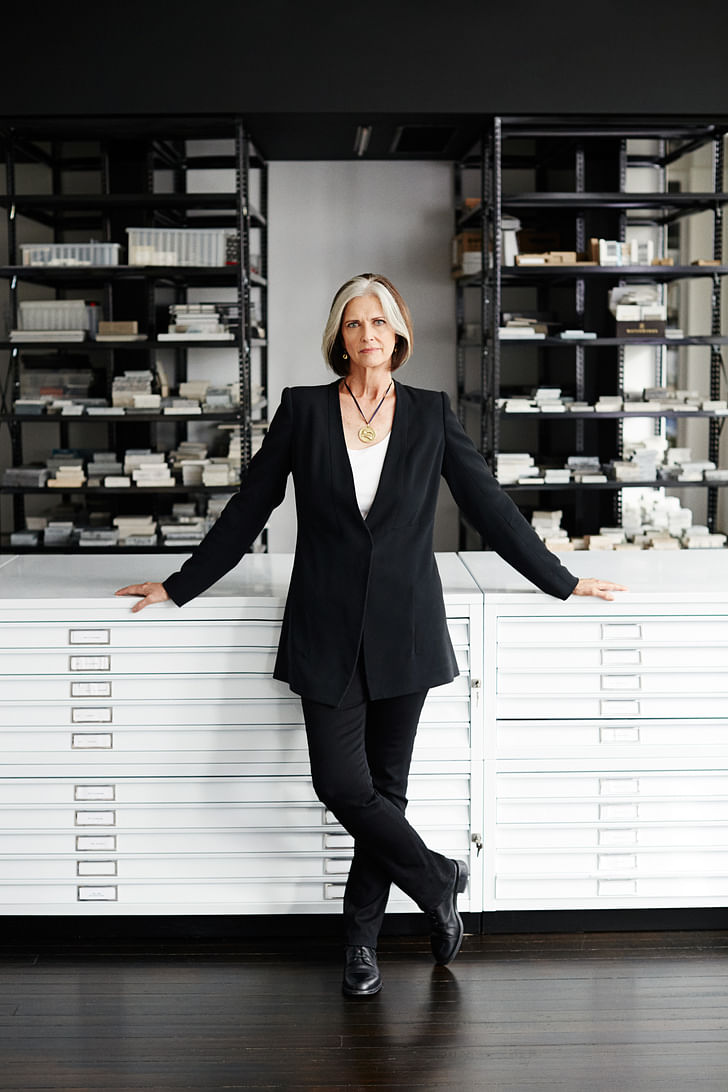
As of this July, Deborah Berke took over the deanship at the Yale School of Architecture, succeeding Robert A.M. Stern after his nearly twenty years in the position. Having taught at Yale herself for almost thirty years, Berke is no stranger to its academic culture, and has expansive plans now that she’s assumed the historic title of the School’s first female dean.
The Yale School of Architecture in New Haven, Connecticut has been enmeshed with the university’s fine arts education since its beginning, and to this day it retains a focus on interdisciplinary creativity. The School emerged as part of the Yale School of the Fine Arts—the country’s first art school that was also an official part of a college, opening in 1869—and then separated in 1972 to stand alone. Nowadays, undergraduate students can receive a BA from Yale College, while the School of Architecture has a variety of graduate offerings alongside MArchs: students can pursue a Master of Environmental Design or joint-degrees combining an MArch with an MBA or Master of Environmental Management (MEM). PhDs in architecture are conferred by the Graduate School of Arts and Sciences.
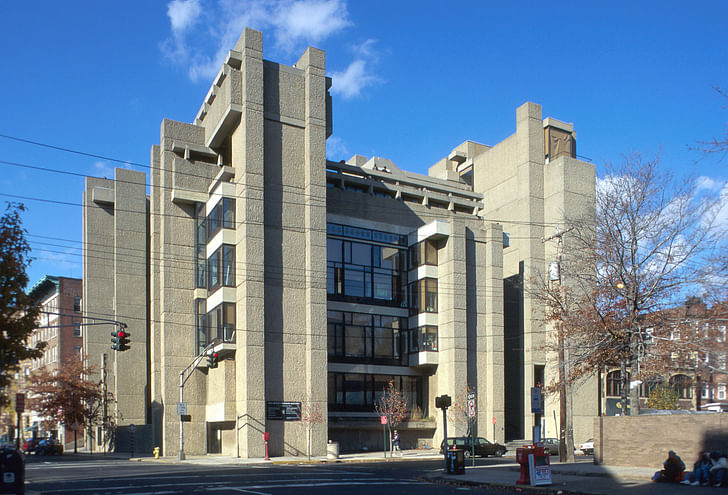
According to the School of Architecture’s website, the house pedagogy doesn’t push any single design approach. In Berke’s own Letter from the Dean, the architecture school “must offer expansive breadth and intense depth” to its students in order to produce strong architects, while embracing the multiplicity of disciplines and complexity of application inherent to the profession. Having run her own practice, Deborah Berke Partners, in New York since 1982, she continues Yale’s custom of employing deans who simultaneously work in both academia and practice.making architectural education more accessible, diverse, and inclusive
Berke’s own practice attends to a diversity of projects, including historic preservation, urban landscaping, cultural institutions, residential and commercial, including 21C Museum Hotels in Louisville, KY, and the Cummins corporate HQ in downtown Indianapolis. Most apropos though is her 2000 renovation of Louis Kahn’s Jewish Community Center in New Haven, which is now home to Yale’s School of Art and a theater for the School of Drama.
In other conversations anticipating her deanship, Berke has spoken about creating a more “pluralistic” environment at Yale, referring both to the application of architectural thought to such pressing issues as climate change and rapid urbanization, as well as reforming the student population of approximately 200 to “be more reflective of the population at large.” She responded to our Deans List questions before her first academic year as dean began this fall, to further reflect on these goals.
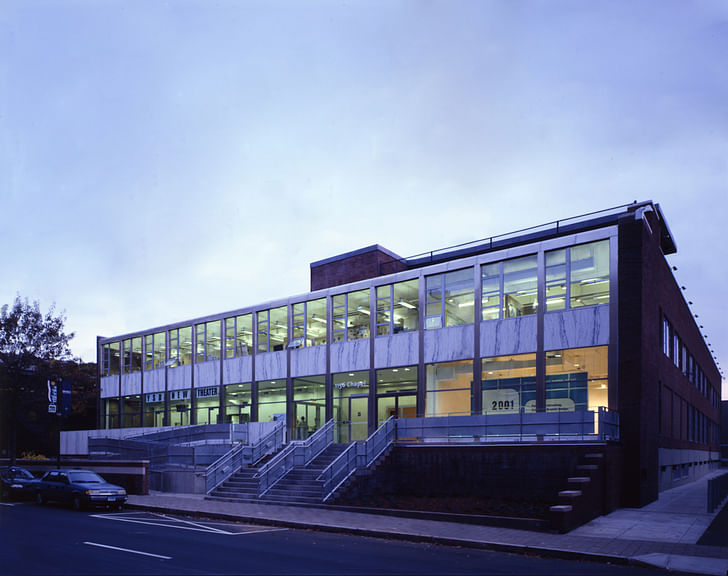
Briefly describe your own pedagogical stance on architecture education. How would you characterize the programming at your architecture school?
We are an architecture school first and foremost, but I am committed to broadening the ways in which we define, teach, and practice architecture. This includes four major priorities: deepening our understanding of sustainability and resiliency in an age of rapid climate change; strengthening our engagement with urban design and urban planning in a period of rapid global urbanization; expanding our connections to the whole of Yale University and its other disciplines, including the arts, sciences, and social sciences; and making architectural education more accessible, diverse, and inclusive so that it better reflects all of those it is meant to serve.
What kind of student do you think would flourish at your school, and why?
We welcome students from a variety of backgrounds, both those who have studied architecture and those with other experiences and educations. This enriches the learning environment for all our students. We have a long tradition of this and it’s one that we will carry on into the future.
In general, I think highly curious and engaged students excel at Yale. It’s a small school, so no one is anonymous. No matter how well-known a faculty member may be, they’re directly involved with students, so it’s a very stimulating environment for everyone.I also want our graduates to be seen as creative professionals, not as technicians.
What are the biggest challenges, academically and professionally, facing your students?
There is ever more to learn in architecture, and you can’t leave behind what you’ve taught in the past. So today this includes digital design, environmental systems, information modeling, but also hand-drawing and history and theory. That’s part of our history of and dedication to the idea of pluralism in architecture.
For students, contemporary architectural education can be a lot to take on, and it can be overwhelming. Sometimes it’s about allowing students to find their way in—we don’t expect students to master everything all at once—and then they can engage with all of these other currents of architectural education once they feel like they have their footing. I also want our graduates to be seen as creative professionals, not as technicians.
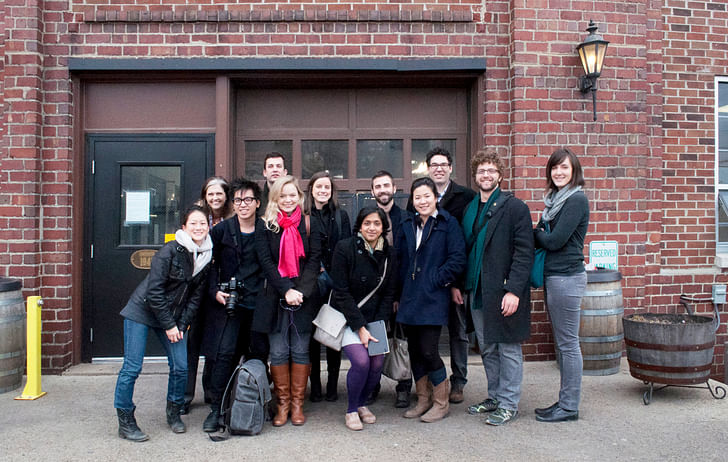
How do you provide for employment after graduation?
Well, we hold employment fairs for our students, and our graduates benefit from a highly-engaged global alumni network. There is a lot of mentorship and loyalty within the Yale community, which our students definitely benefit from, and we hope will, in turn, inspire ongoing connections in the future.I believe architecture is strengthened, not threatened, by engaging with other fields.
How do you familiarize yourself with trends within the architectural profession and academia, and adapt these observations into programming and student policy?
I’m a big believer in engaging with the world outside of architecture, so I go to shows, exhibitions, lectures and events, and I read quite broadly. I draw on the knowledge of colleagues from many different disciplines and professions. I believe architecture is strengthened, not threatened, by engaging with other fields. I definitely plan to bring non-architects into the school as faculty, as visiting lecturers, as critics etc.
Describe your relationship and collaborative style with other departments/schools Yale.
I [took] over as dean in July, so I can only tell you what I plan to do, which is to cultivate relationships across the university. I have a history of that, working with the School of Art to design their home, just a stone’s throw from Paul Rudolph Hall. And we share a building with the History of Art department. We also have joint degree programs with School of Forestry and the School of Management, so those are obvious places to start.
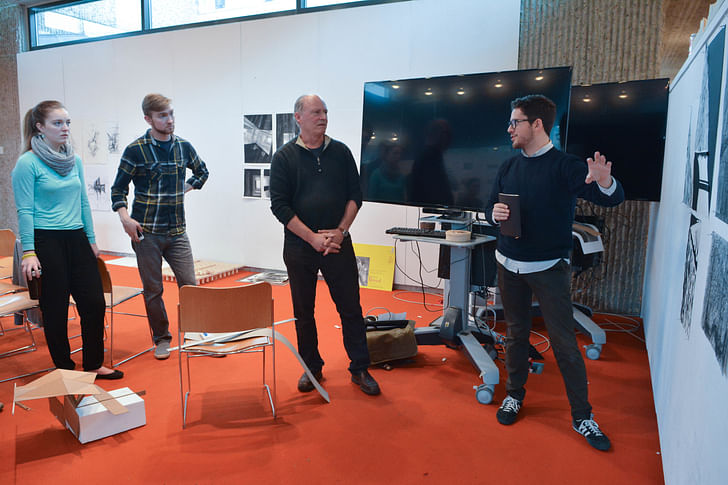
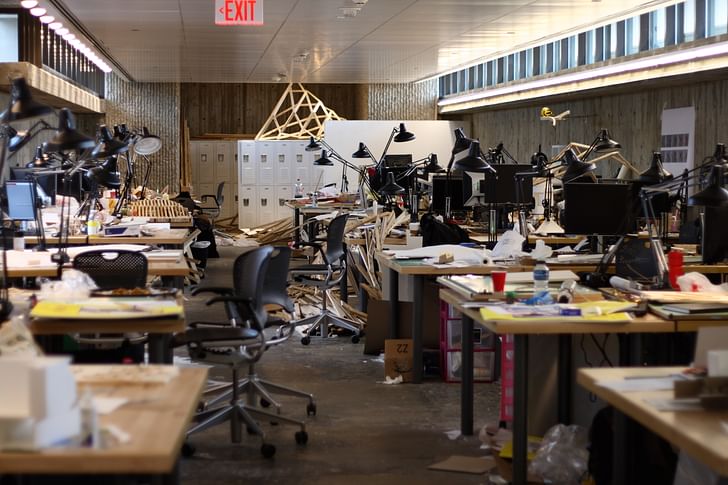
What is the relationship between Yale's architecture school and local government?
We’re proud of the fact that the mayor of New Haven holds a Masters of Environmental Design from our school. So I consider our relationship with the city very strong, and that too is something I hope to build on.
Yale also was a pioneer in what we now call Public Interest Design or Socially Engaged design, with the nearly 50-year-old Yale Building Project program, in which all our first year architecture students participate. Students design and build projects—typically housing—for diverse populations, often with specific needs. It’s made a tremendous contribution to New Haven, and will continue to do so.
We also operate the Urban Design Workshop which has completed community-driven planning and urban design projects in New Haven and across Connecticut. So we provide a lot of opportunities for students to be involved in the civic life of the community.

How would you like the school to have changed in your tenure?
Well, [I've just started, so] I don’t want to get ahead of myself. But one of my goals is to build a more diverse faculty, with gender parity and greater racial diversity. And I also want to make our student body more inclusive and reflective of the world at large, which means greater socio-economic and racial diversity. This won’t happen overnight, but we’re going to start working on it immediately.
How important is it for the leader of an architecture school to be, or have been, a practicing architect?a “code” of ethics implies a uniform set of rules or standards, and at Yale we believe in pluralism, which at times can mean that people have different ideas or standards.
Schools have different traditions, but at Yale it’s been the tradition that the dean is a practicing architect, from Bob Stern and Cesar Pelli stretching back to the founding of the architecture program a century ago. I have always combined teaching with practice, so I don’t really know any other way. It can be a lot to juggle, that’s for sure, but I think for us it adds an important dimension to the school because the majority of our students want to be practicing architects.
What is your approach to Yale’s advertising?
We don’t advertise. We do promote the school and the work of our students and faculty through our robust publications program, which includes Perspecta, the oldest student run architecture journal in the US. We also have internationally renowned symposia, a world-class exhibition program, and many other activities.
How do you teach students a code of ethics in architecture?
Well, we try and lead by example and it’s something we touch on in every course. But a “code” of ethics implies a uniform set of rules or standards, and at Yale we believe in pluralism, which at times can mean that people have different ideas or standards.
So we try and teach our students to see that their work sits in a particular social, spatial, environmental and historical contexts, and that they should consider and engage with those contexts in every project they do.
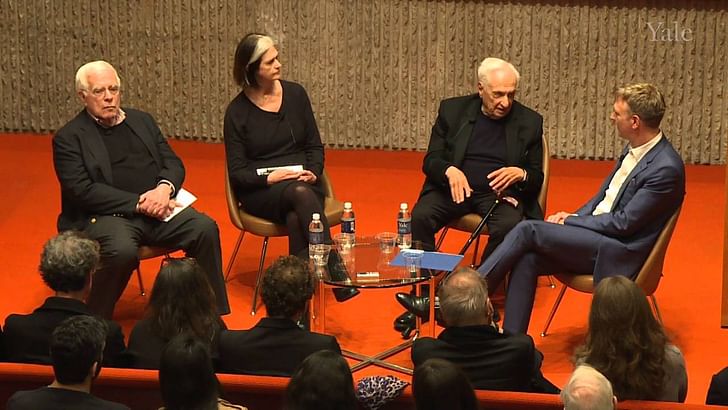
The Deans List is an interview series with the leaders of architecture schools, worldwide. The series profiles the school’s programming, as defined by the head honcho—giving an invaluable perspective into the institution’s unique curriculum, faculty and academic environment.
For this issue, we spoke with Deborah Berke, Dean of Yale School of Architecture in New Haven, CT.
This feature is also part of our special editorial focus for September 2016, Learning. Find more related pieces here.
Former Managing Editor and Podcast Co-Producer for Archinect. I write, go to the movies, walk around and listen to the radio. My interests revolve around cognitive urban theory, psycholinguistics and food.Currently freelancing. Be in touch through longhyphen@gmail.com
1 Comment
Yale: creative professionals not technicians
AIA: nah, technicians
Block this user
Are you sure you want to block this user and hide all related comments throughout the site?
Archinect
This is your first comment on Archinect. Your comment will be visible once approved.